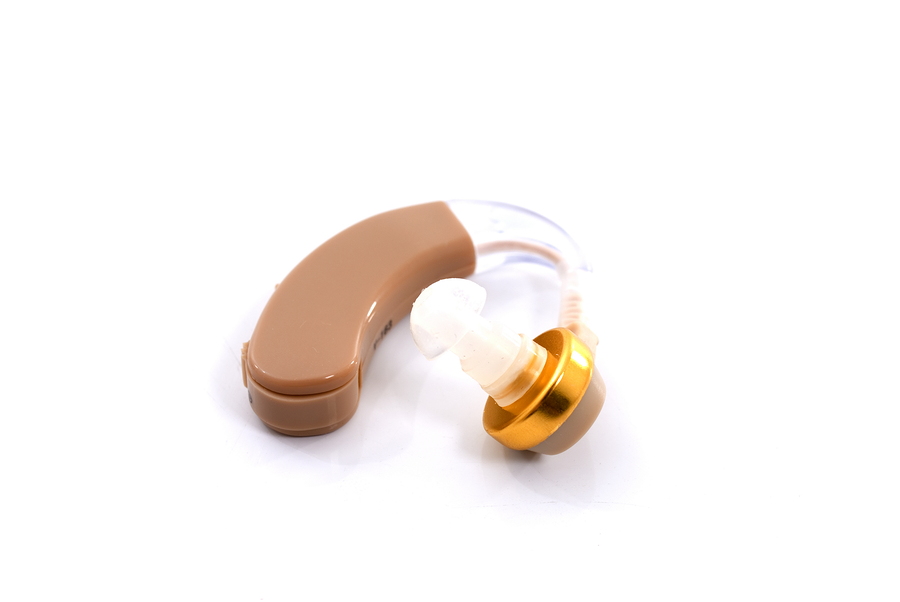Hearing Aid Improvements for the Elderly
December 28, 2016
Home Care in Atherton CA
It’s estimated that one out of three of those 65 years of age and older will become hearing impaired. Fortunately, technology has redefined how we help those with hearing loss. Hearing Aids
Today’s hearing aids have diminished the effects of background noise and the buzzing and whistling that early models did not address. Most contain a microcomputer that responds to noise in the environment so that there is no feedback or echoes. Some are specifically designed to improve speech audibility in difficult listening situations. They diminish distortion and automatically adjust the volume. Some even offer technology that can reduce tinnitus—a constant ringing in the ears.
Types of Aids
Hearing Aids
Today’s hearing aids have diminished the effects of background noise and the buzzing and whistling that early models did not address. Most contain a microcomputer that responds to noise in the environment so that there is no feedback or echoes. Some are specifically designed to improve speech audibility in difficult listening situations. They diminish distortion and automatically adjust the volume. Some even offer technology that can reduce tinnitus—a constant ringing in the ears.
Types of Aids
- Completely-in-the-canal. These smallest of hearing aids are also the least visible. Due to its size, there are no added features such as volume control or directional microphone. Because of its insertion into the canal, wind noise is diminished.
- In-the-ear. This model is still almost invisible. It has a few more features, though they can be difficult to adjust.
- Receiver-in-the-ear. This model is more visible. It also includes volume control. These models start to increase the issues with wind noise due to their location outside of the ear.
- Behind-the-ear. This style is capable of more amplification. It also picks up more wind noise.
If you or your loved one is looking for home care in Atherton, CA, please call Familiar Surroundings Home Care.
Santa Clara County: (408) 979-9990
San Mateo County: (650) 353-9777
Santa Cruz County: (831) 480-3990
Resources: www.hearingloss.org/content/basic-facts-about-hearing-loss

